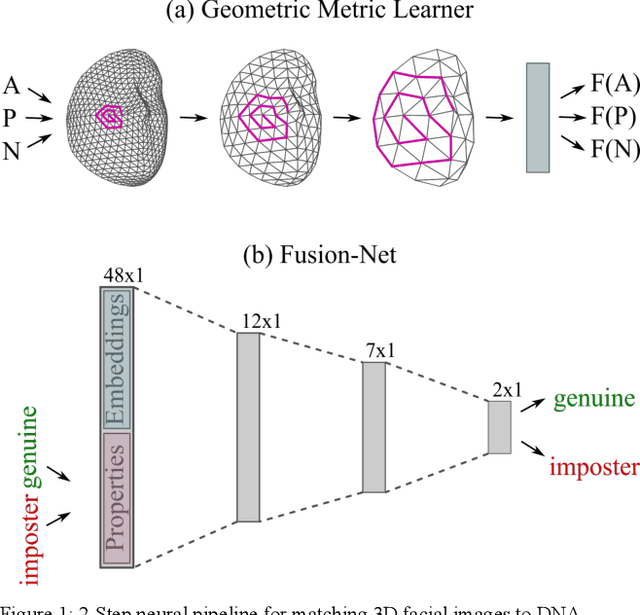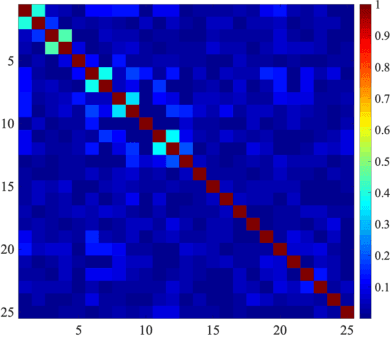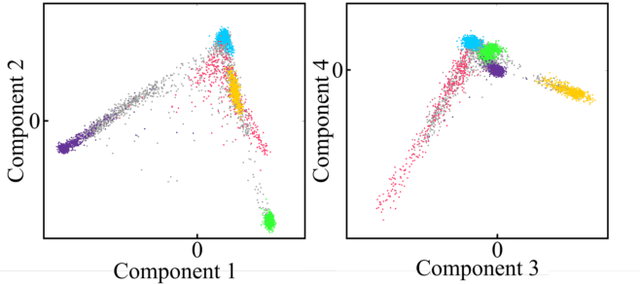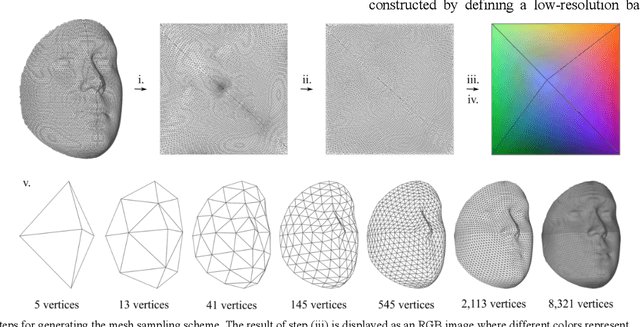Susan Walsh
Indiana University-Purdue University-Indianapolis, Department of Biology
Generating a Biometrically Unique and Realistic Iris Database
Mar 15, 2025Abstract:The use of the iris as a biometric identifier has increased dramatically over the last 30 years, prompting privacy and security concerns about the use of iris images in research. It can be difficult to acquire iris image databases due to ethical concerns, and this can be a barrier for those performing biometrics research. In this paper, we describe and show how to create a database of realistic, biometrically unidentifiable colored iris images by training a diffusion model within an open-source diffusion framework. Not only were we able to verify that our model is capable of creating iris textures that are biometrically unique from the training data, but we were also able to verify that our model output creates a full distribution of realistic iris pigmentations. We highlight the fact that the utility of diffusion networks to achieve these criteria with relative ease, warrants additional research in its use within the context of iris database generation and presentation attack security.
3D Facial Matching by Spiral Convolutional Metric Learning and a Biometric Fusion-Net of Demographic Properties
Sep 10, 2020



Abstract:Face recognition is a widely accepted biometric verification tool, as the face contains a lot of information about the identity of a person. In this study, a 2-step neural-based pipeline is presented for matching 3D facial shape to multiple DNA-related properties (sex, age, BMI and genomic background). The first step consists of a triplet loss-based metric learner that compresses facial shape into a lower dimensional embedding while preserving information about the property of interest. Most studies in the field of metric learning have only focused on Euclidean data. In this work, geometric deep learning is employed to learn directly from 3D facial meshes. To this end, spiral convolutions are used along with a novel mesh-sampling scheme that retains uniformly sampled 3D points at different levels of resolution. The second step is a multi-biometric fusion by a fully connected neural network. The network takes an ensemble of embeddings and property labels as input and returns genuine and imposter scores. Since embeddings are accepted as an input, there is no need to train classifiers for the different properties and available data can be used more efficiently. Results obtained by a 10-fold cross-validation for biometric verification show that combining multiple properties leads to stronger biometric systems. Furthermore, the proposed neural-based pipeline outperforms a linear baseline, which consists of principal component analysis, followed by classification with linear support vector machines and a Naive Bayes-based score-fuser.
 Add to Chrome
Add to Chrome Add to Firefox
Add to Firefox Add to Edge
Add to Edge